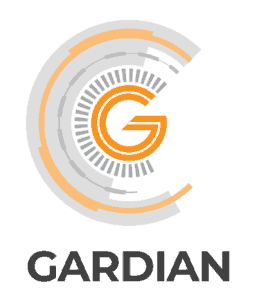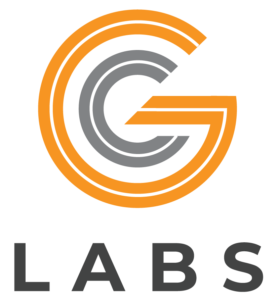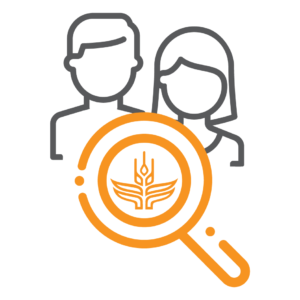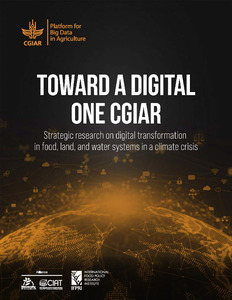BIG DATA and the future of CGIAR
Where might BIG DATA's capabilities appear within the new One CGIARThe global research consortium CGIAR is restructuring itself and, as outlined in its 2030 Research Strategy, has committed that the digital revolution be central to its way of working.
For five years, BIG DATA has fostered capabilities that will help bring about a One CGIAR that fully leverages digital technology across FAIR data standards, analysis, and infrastructures; alliances and technical communities of practice; and digital innovation strategy and management for transforming food, land, and water systems. In that time the CGIAR research portfolio and organization, as a whole, have become more digital.
An evaluation team found that the BIG DATA Platform built important digital capabilities that continue to be highly relevant to a multitude of stakeholders. As the Platform is coming to the end of its cycle, we feel confident that many of the assets and capabilities we have helped build for CGIAR will live on in some form.
We have outlined where we believe each of our valuable assets might align within the new One CGIAR model:
ORGANIZE | MODULE ONE
Support and improve data generation, access, and management in CGIARData management and FAIR annotation workflow
- The Excellence in Agronomy Initiative appears poised to leverage GARDIAN to enhance data discovery and (re)use.
- The underlying Dataverse repository has already implemented CG core metadata schema, and we have proposed that this become the data repository supporting launch of the new CGIAR research portfolio.
- GARDIAN team will link to the repositories of strategic partners to enable them to make their data FAIR and discoverable, helping build toward the vision of a global knowledge commons for agriculture.
Analytic environment and collaboration platform
- The Excellence in Agronomy Initiative appears poised to leverage CGLabs analytic environment for collaborative development of analytic pipelines and generation of good quality reference datasets.
- As the only pan-CGIAR environment for exploratory analytics and collaboration, the team is proposing the inclusion of CGLabs into the service catalog of Digital Services.
- Increasingly CGIAR researchers are called on to deliver analytics in support of food- or farming system-facing services; CGLabs software can be implemented by partners and integrated into their partner platforms and services.
Prototype system for finding CGIAR domain experts
- The Alliance of Bioversity and CIAT implemented the system as a way to enable the discovery of talent across the allied centers.
- The team is proposing integration of Expert Finder into talent and partner management as a whole of organization level.
CONVENE | MODULE TWO
Collaborate and convene around big data and agricultural development6,500 Community of Practice members and growing
- The new initiative “Harnessing digital technologies for timely decision making” envisions leveraging technical collaboration with these communities.
- The Platform is advocating for these CoPs to be linked to One CGIAR digital governance for research, serving as a mechanism for research innovation.
- The CoP sites and communities will remain active through 2022.
- There is a global event envisioned under the new initiative “Harnessing digital technologies for timely decision making” that the team has proposed to leverage the Convention community and communications reach to help build.
- The Platform team was instrumental in helping pull together a Global Coalition for Digital Food Systems Innovation, and will propose to engage the partners in building a global meeting like the Convention.
- The CGLabs analytic environment became one integrated shared service offering (data discovery, workbooks, computation). Co-design workshops are planned with several of the new initiatives and the new Digital Services unit.
- The Platform team is proposing the integration of CGLabs into shared services that can be supported by the One CGIAR Digital Services unit.
- This research was used to inform the work of Data and Digital Capabilities Task Teams guiding transition planning for One CGIAR, and it equipped the BIG DATA team to contribute to the CGIAR strategy refresh.
- CGIAR has brought on a Global Director for Digital Services whose remit includes elevating digital strategy in 2022; this will likely be a key resource.
INSPIRE | MODULE THREE
Lead by example and inspire how big data can deliver development outcomesDigital innovation grant process
- The new initiative “Harnessing Digital Technologies for timely decision making” envisions something similar, potentially under a different brand.
- The Platform team will likely propose building on this Challenge to help build an enduring digital innovation function for research delivery in CGIAR, pointing to the very positive views of a majority of stakeholders noted by our evaluators.
- It could also be of interest to the Global Coalition for Digital Food Systems Innovation as this picks up steam.








